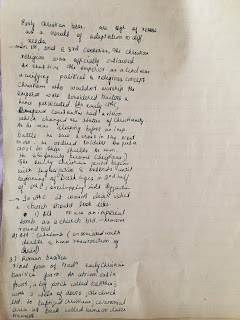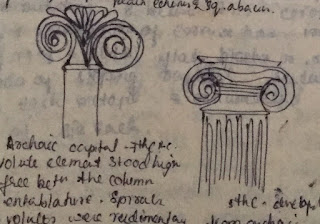The buildings of ancient Egypt are probably still considered as the most impressive constructions in the history of architecture. Megalithic masses and precision of form gave them a singular strength and power. Simple shapes and strict geometric organisation prevailed in their buildings . The pyramids are the manifestation of typical Egyptian architecture - balanced form, synthesis of vertical and horizontal forces, massive and solid construction. A closer look at the Egyptian monuments reveal that 'Axiality' was a distinguishing phenomenon.
Buildings
The Egyptians wished to present an eternal order in symbolic form that implied demonstration of continuity of life after death. Hence, tombs were considered as houses of eternity and the primary building tasks of ancient Egypt. Their temples also represented the cosmos but on a smaller scale. Basically the Egyptian temples consisted of three parts - a colonnaded courtyard, a hypostyle hall and a sanctuary - arranged along an axis. The temples were generally oriented towards the east.
In general, Egyptian buildings represent amalgamation of four fundamental intent - the enclosed 'oasis', the durable megalithic mass, the orthogonal order and the path or axis. All these are symbolically present in Egyptian architecture and represent the Egyptian idea of 'cosmos'.
This post contains notes on Egyptian Architecture in a very condensed form. Just two pages is all I found in my notes. Probably, there was more elsewhere, but this is all I could find in here.
 |
| Page 01 Egyptian Architecture - A Brief |
 |
Page 02
Differences between Egyptian and Greek Architecture |
I am not happy with this particular post, since there is not much information about the Egyptian Architecture in here. Hope I can find something more in future from my notes and will update this one for sure.
Thank you for stopping by...Have a good day.
---




















































